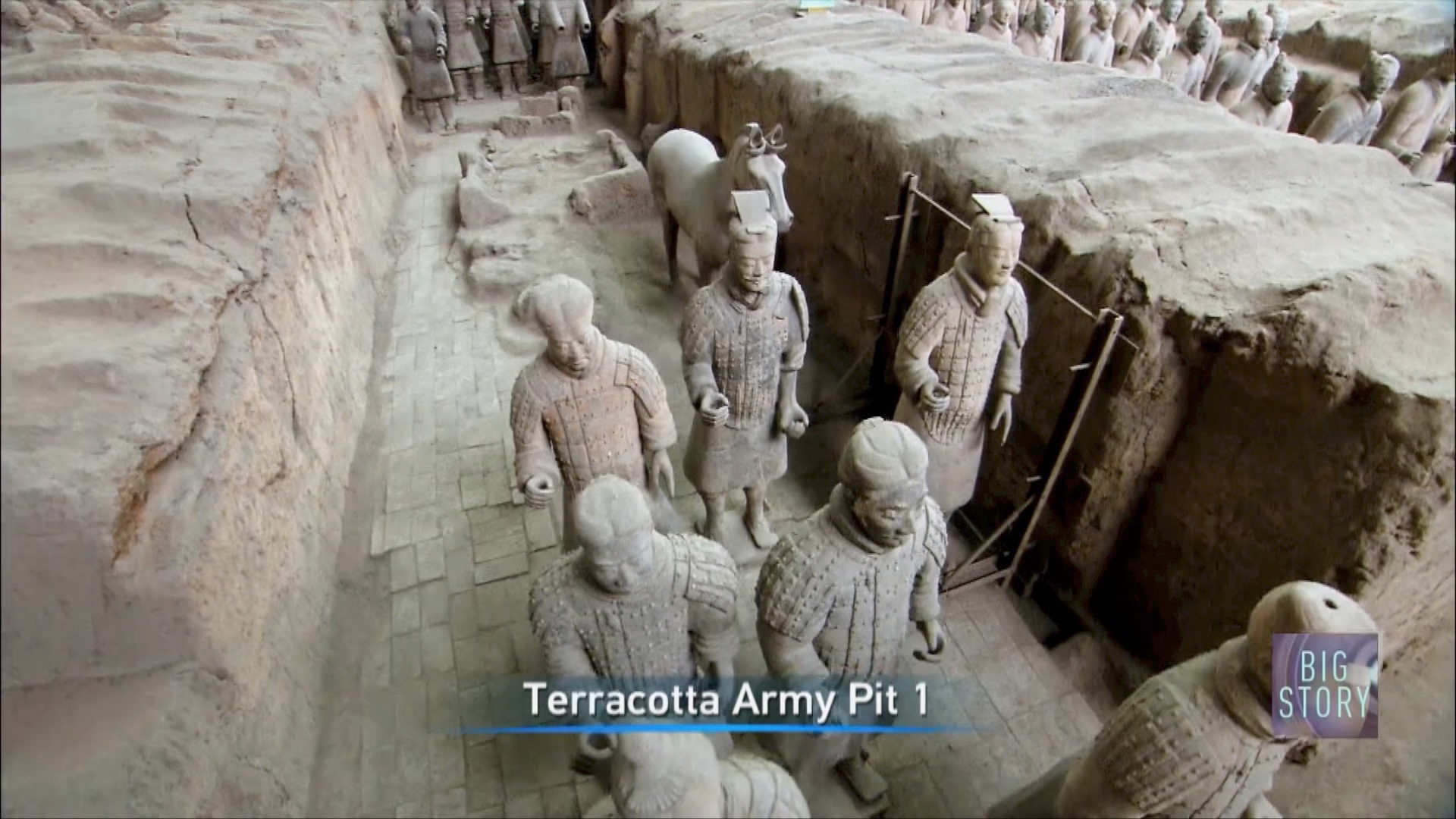CCTV's groundbreaking documentary series "Bird’s-eye China" is the first Chinese program to have been produced using drone technology. Each episode in the series celebrates the history, culture and natural beauty of a different area of China. Spanning 34 vastly different provinces and regions, this series is the most difficult and expensive documentary that CCTV has ever produced.
Join us in this unique journey across the sky, as CGTN looks at the best of China’s breathtaking scenery.
Shaanxi, China’s Ancient Heart
Shaanxi, lying in the Chinese heartland, can be roughly divided into three parts: the beautiful, fertile south, the vast Guanzhong Plain in the middle, and the Loess Plateau to the north. And across the whole province extend the Qinling Mountains.

The Qinling Mountains extend for 1,600 kilometers, from east to west. It’s longer by a third than the Alps, the greatest mountain range in Europe. The Qinling Mountains form the natural boundary between north and south China.

Flying northeast from the central Qinling Mountains, we catch sight of Mount Huashan. The granite rising straight from the ground is a unique sight here. In ancient times, it would have been almost impossible to reach the summit. In the seventh century, Taoist monks cut a path up the slope. This gave rise to a saying: “There’s only ever been one path up Mount Huashan.”

The meeting of the Jinghe and Weihe Rivers has given rise to a Chinese idiom – “As distinct as the waters of Jing and Wei”. The Jinghe is alternately clear and murky, depending on the change of the seasons.

The nearly 8,000 pieces of the Terracotta Army form a vast underground legion, fuelling the popular imagination about the power and wealth of the Qin Empire. It’s said that 720,000 workers spent 39 years building this mausoleum. Its total area is equivalent to that covered by 63 Forbidden Cities.

Urban development normally relates to space. In a sense, Xi'an has developed in respect of time, more than expanding its area. The city’s urban districts so powerfully evoke the history of the Qin, Han, Tang and Ming Dynasties that it almost seems as though you’re going back in time. Still, this modern city is moving forward from the powerful foundation of its past glories, like a tree growing new branches and leaves from an ancient trunk.

Nourished by the Hanjiang, the Hanzhong basin yields a rich variety of natural produce. Every March witnesses a spectacular blossoming of the Hanzhong rapeseed crop. From February onwards, 16 million acres of the flowers cut a vast swathe across the country, from the southernmost point of Hainan Province to northernmost Inner Mongolia.

Related stories:









